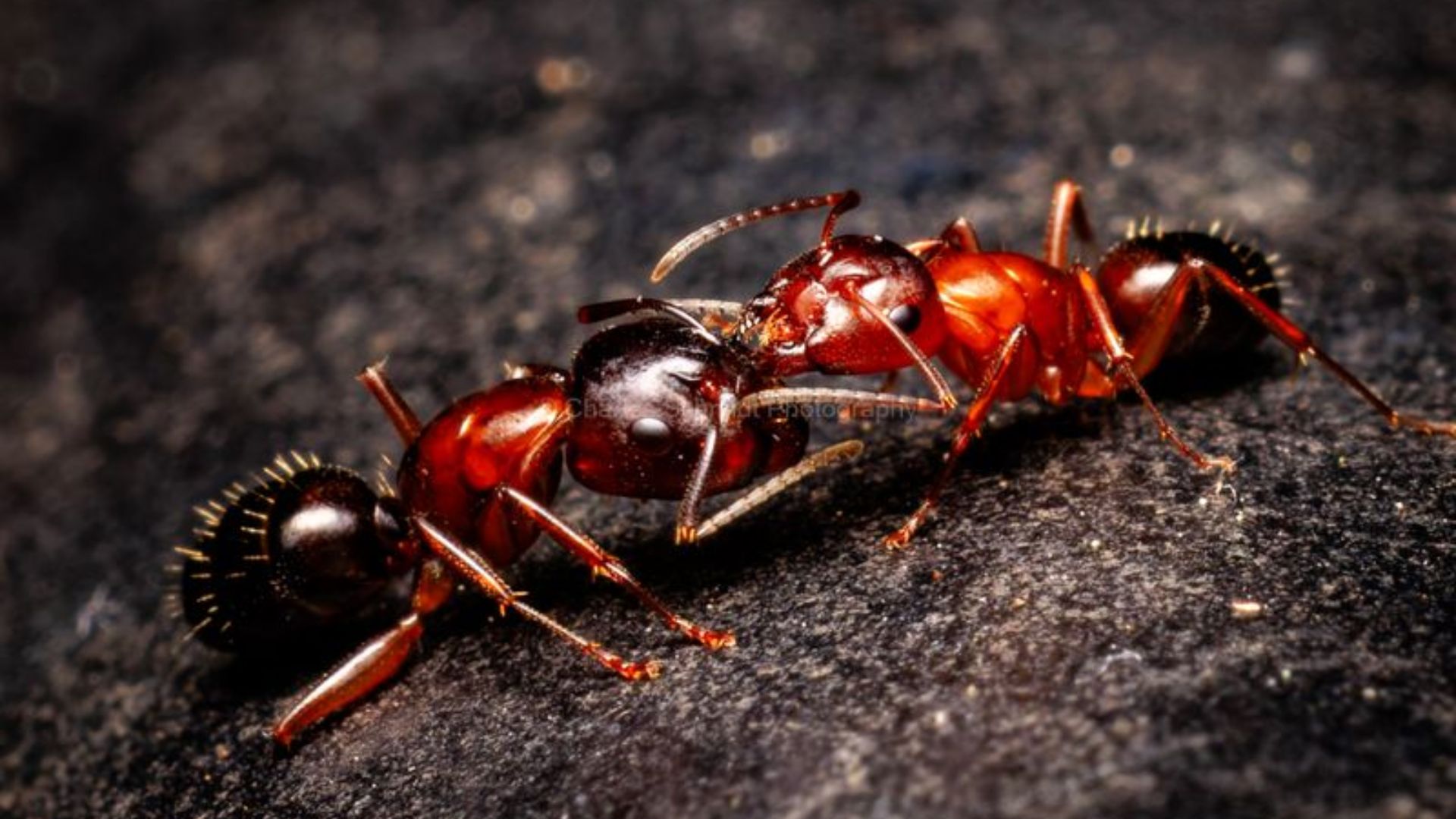Your backyard is teeming with life, from the grass underfoot to the trees overhead. However, not all tiny creatures that call your yard home are as harmless as they appear. Don’t be fooled by their small size!
In fact, some of these minute inhabitants can pose significant risks to humans and pets. Explore a few such creatures that warrant a closer look.
1. Black Widow Spider
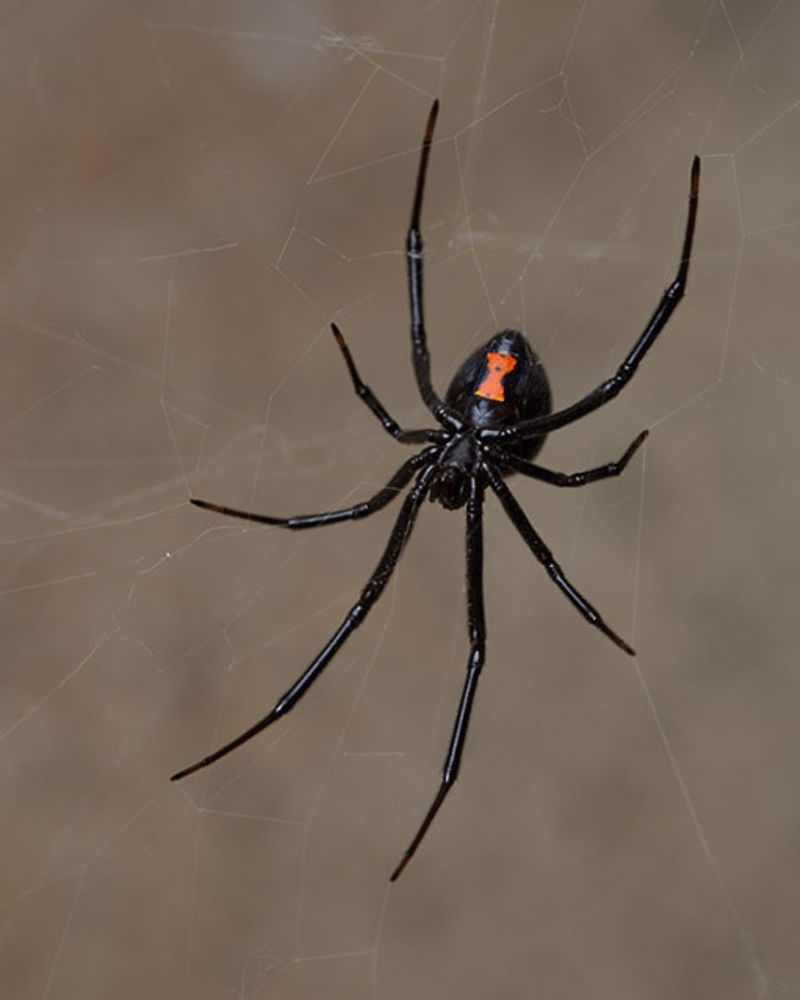
The Black Widow Spider, notorious for its venomous bite, is a tiny creature that commands respect and caution. Found often in dark corners of your yard or garden, these spiders are identifiable by the glossy black coloration and striking red hourglass marking on the underside of their abdomens.
Though bites are rare, the venom of a Black Widow is potent, causing severe muscle pain, cramps, and spasms. The effects of the venom can last for several days, necessitating prompt medical attention if bitten.
These arachnids prefer undisturbed areas like woodpiles or sheds, where they can spin their webs away from human activity. Preventing encounters with Black Widows involves keeping your yard tidy.
Regularly cleaning out stacked wood, debris, and ensuring that children’s play areas are spider-free can minimize risks. Wearing gloves while gardening and being cautious when reaching into dark spaces are simple yet effective measures to avoid these spiders.
Although their presence may seem daunting, understanding their behavior and habitats can reduce the likelihood of an unpleasant encounter.
2. Brown Recluse Spider
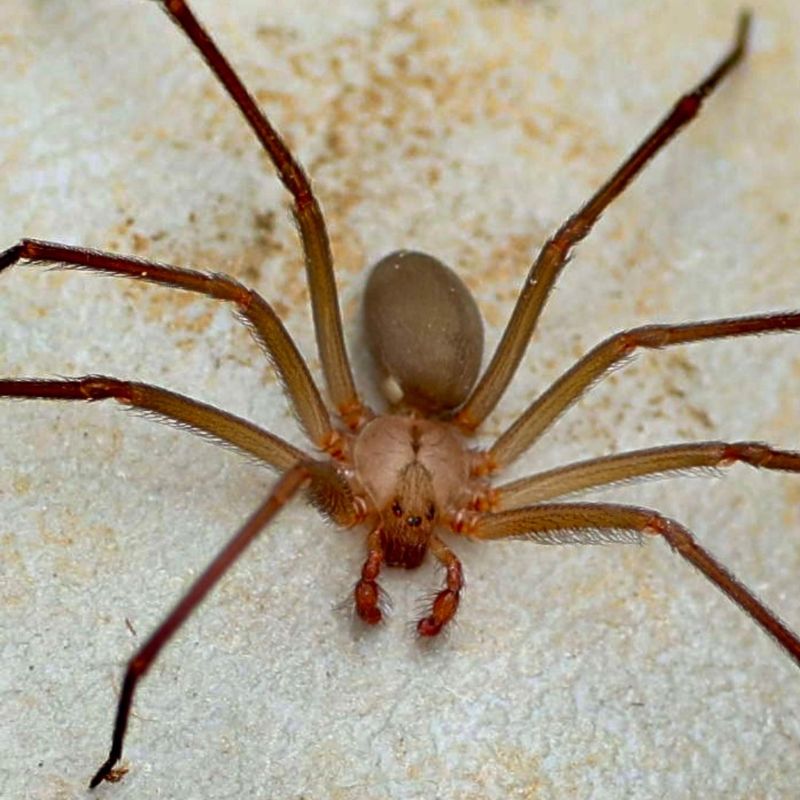
The Brown Recluse Spider is another small but dangerous arachnid frequently found in yards. Distinguished by the violin-shaped marking on its back, this spider is often hidden away in secluded, undisturbed areas.
While they are shy and prefer to avoid humans, Brown Recluse bites can lead to severe reactions. The venom can cause necrotizing skin lesions, leading to tissue damage that requires medical treatment. Symptoms might not appear immediately, making it crucial to seek medical advice if bitten.
To deter Brown Recluses, reduce clutter and seal cracks around your home. Be vigilant when moving boxes or items that have been in storage for long periods. Wearing gloves during yard work or when handling materials from storage can prevent bites.
Understanding their reclusive nature helps in managing their presence, ensuring safety for both humans and pets.
3. Fire Ant
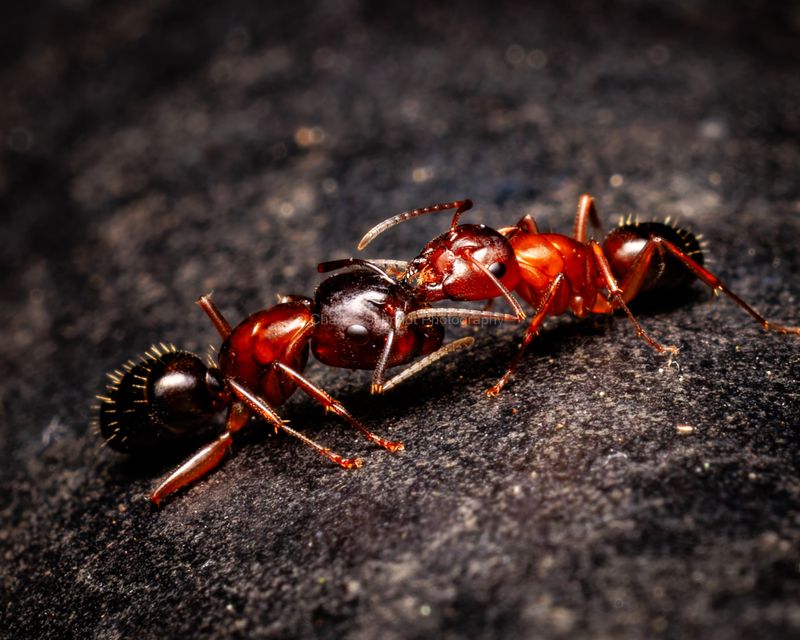
Fire Ants are tiny yet formidable insects known for their aggressive nature and painful stings. Their reddish-brown color and mound-like nests make them recognizable intruders in any yard.
Encountering Fire Ants can lead to multiple stings, which inject venom causing intense burning sensations, hence their name. For sensitive individuals, these stings can trigger allergic reactions, sometimes requiring emergency medical care.
The ants are territorial and will defend their nests aggressively. To manage Fire Ants, locate and treat their mounds with appropriate insecticides. Regularly inspecting your yard for new mounds and disturbing them early can prevent colonies from expanding.
Protective clothing and being cautious where you step can further reduce risks. While their presence can be alarming, quick and informed responses can help control their population effectively.
4. Deer Tick
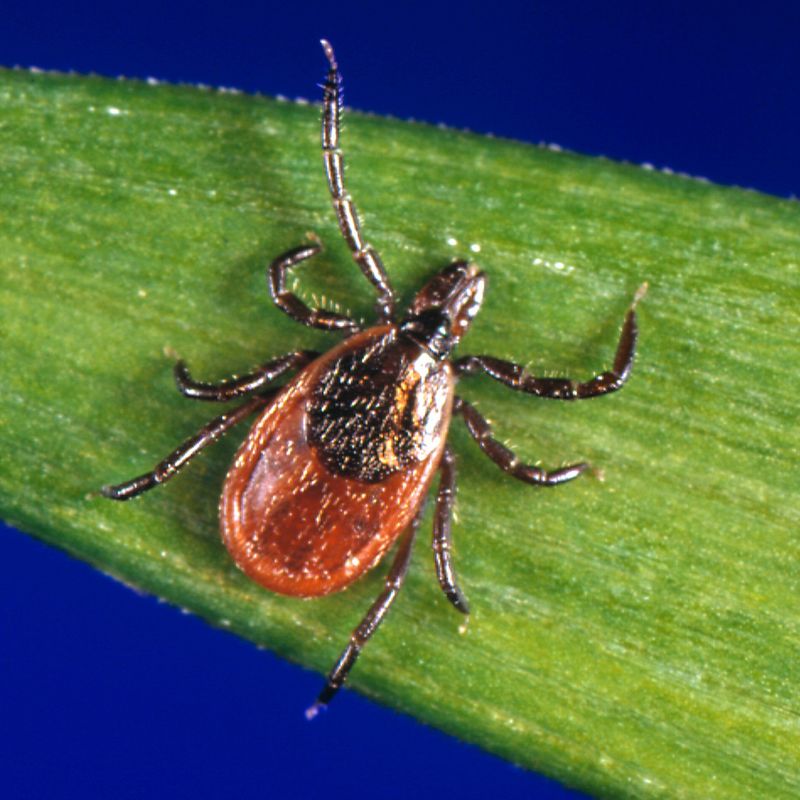
Deer Ticks, although tiny and easily overlooked, are significant carriers of Lyme disease. These dark-colored ticks can be found in grassy or wooded areas, making backyards a common habitat.
Their bite is often painless, allowing them to remain attached and feed on blood for days without detection.
Once attached, Deer Ticks can transmit Lyme disease, leading to symptoms such as fever, fatigue, and a characteristic bull’s-eye rash. If untreated, the disease can cause severe health issues.
Reducing the risk of tick bites involves keeping grass trimmed and using tick repellents when outdoors. Checking pets and children for ticks after spending time in the yard is essential.
Promptly removing ticks with tweezers can prevent the transmission of diseases, ensuring a safer outdoor experience.
5. Centipede
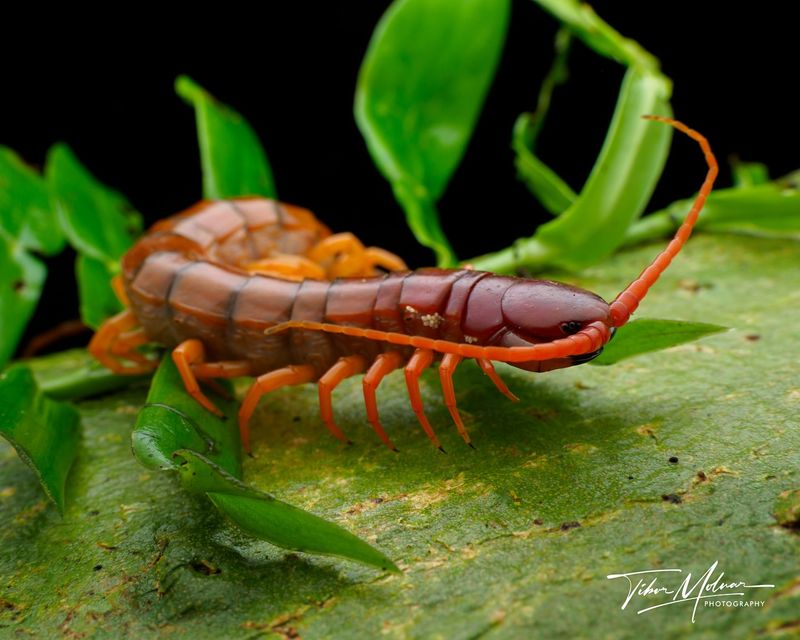
Centipedes, with their long, segmented bodies and numerous legs, are often found scurrying across damp areas of your yard. While they play a beneficial role in controlling pests, some species can deliver painful bites.
Most centipede bites result in mild pain and localized swelling, but for individuals with sensitivities, reactions can be more severe.
They are typically found under rocks, logs, or in leaf litter, where moisture abounds. To minimize encounters, eliminate excess moisture in your yard and remove debris that can harbor centipedes.
Wearing gloves when working in the garden and being cautious around potential centipede habitats can prevent unpleasant surprises. Their predatory nature makes them beneficial for pest control, but maintaining a safe distance is advisable.
6. Paper Wasp
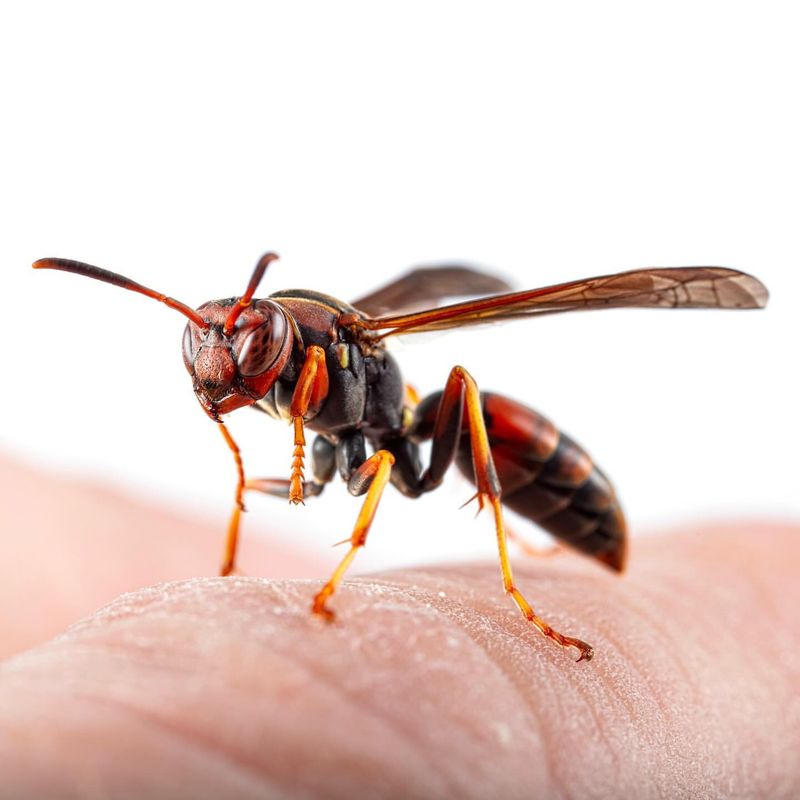
Paper Wasps, known for their distinctive nests made of chewed wood pulp, can be common in yards. These slender, long-legged wasps are generally non-aggressive unless their nest is threatened.
A sting from a Paper Wasp can be painful, causing redness and swelling. For those allergic to wasp stings, reactions can be life-threatening, necessitating immediate medical intervention. They tend to build their nests in sheltered locations like eaves, branches, or unused structures.
To manage Paper Wasps, regularly inspect and remove nests during cooler times of day when they are less active. Use protective clothing and ensure children and pets are kept away.
Understanding their behavior helps in taking precautionary measures, preventing stings and ensuring a safe environment.
7. Yellow Jacket
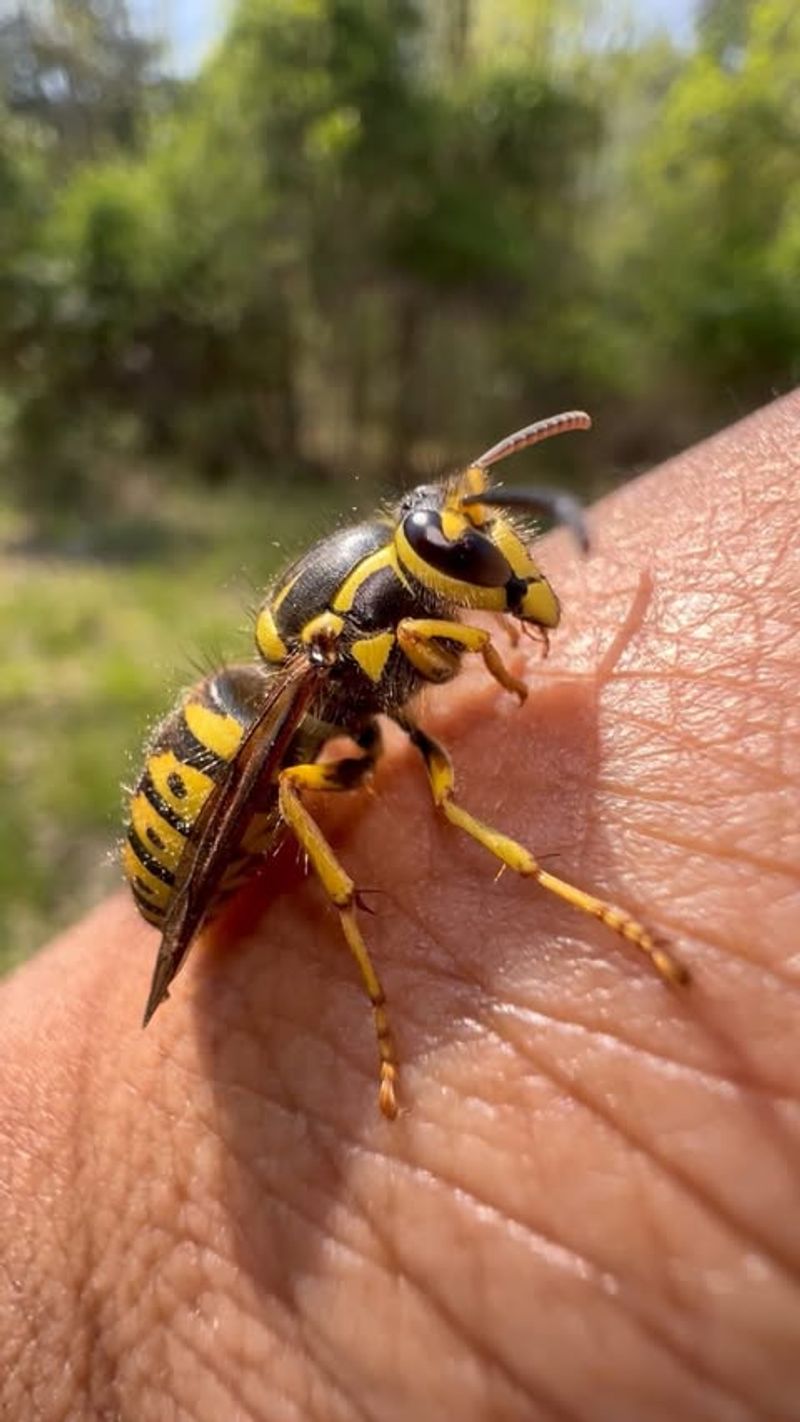
Yellow Jackets are social wasps with vivid black and yellow stripes, often mistaken for bees. These wasps are highly aggressive and can sting multiple times, making them particularly dangerous. Encounters with Yellow Jackets often occur near food sources, such as picnics or outdoor gatherings.
Their stings can cause severe pain and swelling, and for allergic individuals, anaphylactic shock can occur, requiring immediate medical attention. They build nests underground or in wall cavities, which can be difficult to spot.
Preventing Yellow Jacket stings involves covering food and drinks outdoors and avoiding wearing bright colors or floral patterns that can attract them. If a nest is located, professional removal is advised. Awareness and quick action can minimize risks, allowing for enjoyable outdoor activities.
8. Assassin Bug
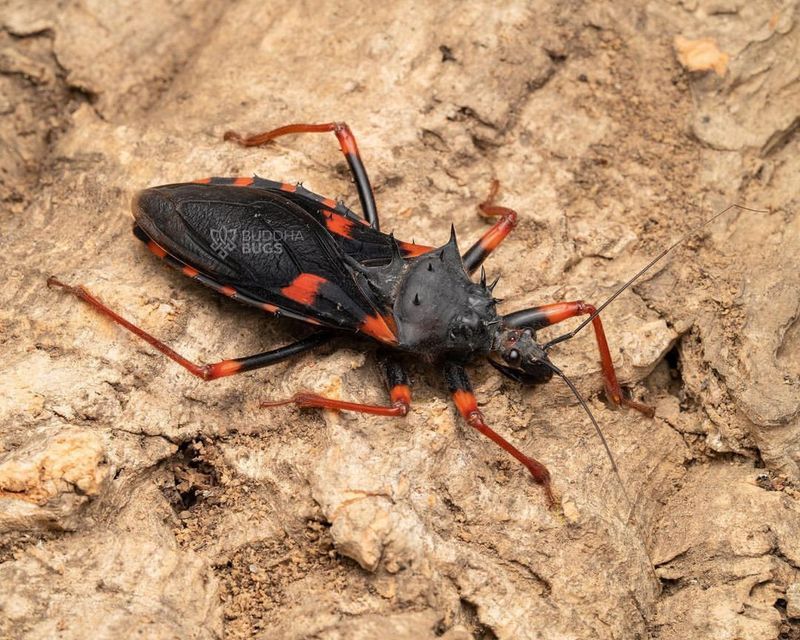
Assassin Bugs, named for their predatory prowess, are insects that can deliver painful bites. Their elongated bodies and curved beaks are distinctive features that aid in capturing prey. These bugs are beneficial in gardens due to their role in controlling pest populations.
However, their bite can be painful, similar to a bee sting, and can cause allergic reactions in some people. They are often found in gardens, fields, or vegetative areas where they hunt.
To reduce the chance of bites, avoid handling these insects and wear gloves when working in the garden. Encouraging their natural habitat while maintaining caution can prevent unwanted encounters.
Their presence is advantageous for pest control but requires respectful distance to avoid bites.
9. Mosquito
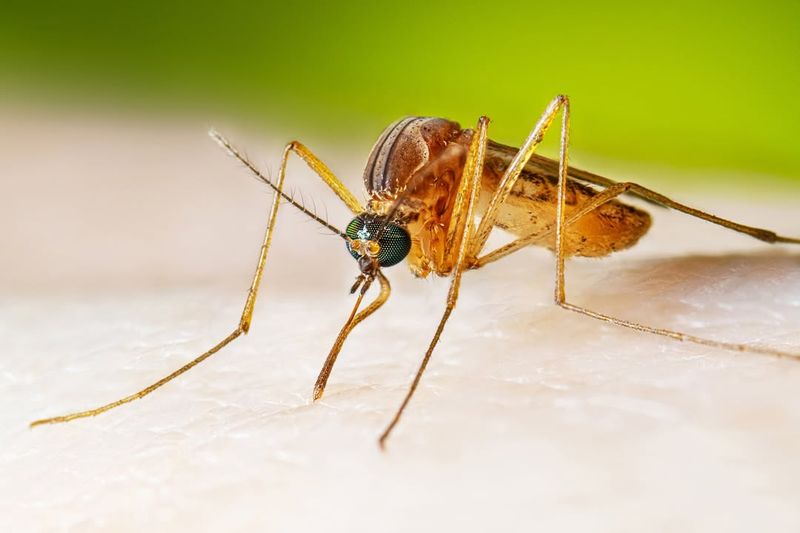
Mosquitoes are small, flying insects notorious for their itchy bites and ability to transmit diseases such as West Nile virus and Zika. They thrive in areas with standing water, making backyards with birdbaths or ponds prime territories.
A mosquito bite results in a red, itchy welt as their saliva triggers an immune response. Beyond discomfort, their role in transmitting diseases is a significant concern, especially in warmer months. Minimizing stagnant water and using repellents can reduce mosquito populations.
To protect against mosquitoes, ensure proper drainage in your yard and use screens on windows and doors. Wearing long sleeves and using insect repellent when outdoors can prevent bites. Awareness of their habits and habitats aids in effective prevention.
10. Velvet Ant
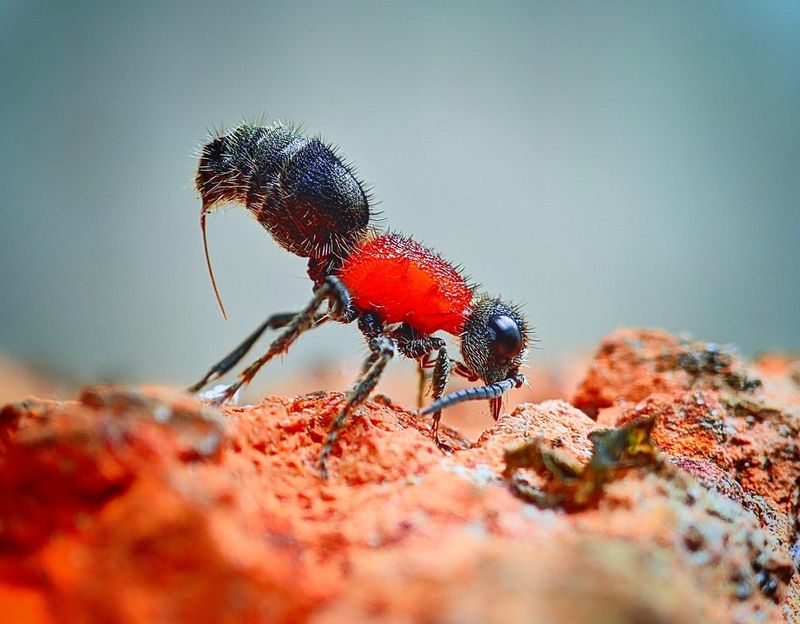
Despite their name, Velvet Ants are actually solitary wasps with a striking appearance. Known colloquially as “cow killers,” their sting is incredibly painful, though not fatal. These insects are covered in dense hair, typically red or orange, which serves as a warning to potential predators.
They are found in sandy or dry areas of yards, often scurrying quickly across the ground. Their sting can cause intense pain, redness, and swelling, making them formidable despite their solitary nature.
To avoid encounters with Velvet Ants, wear shoes in the yard and be cautious when moving debris or working in sandy areas. Their vivid coloration and painful sting serve as reminders to respect their space.
Though beneficial for controlling other insect populations, maintaining a respectful distance ensures safety for all.

